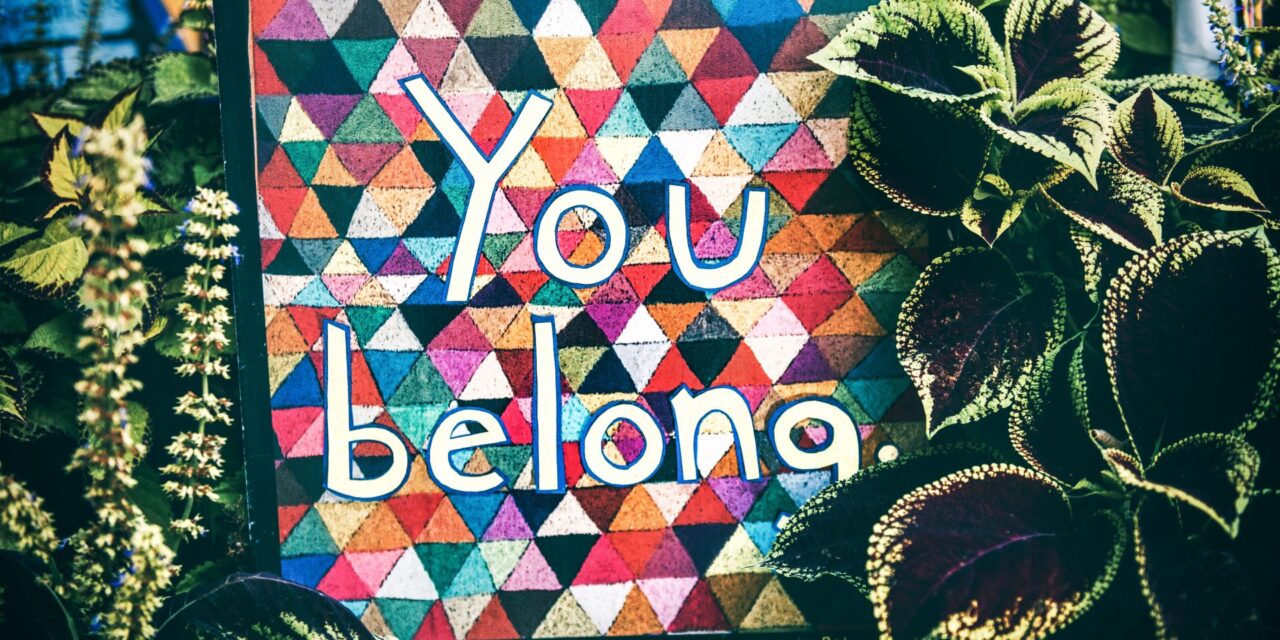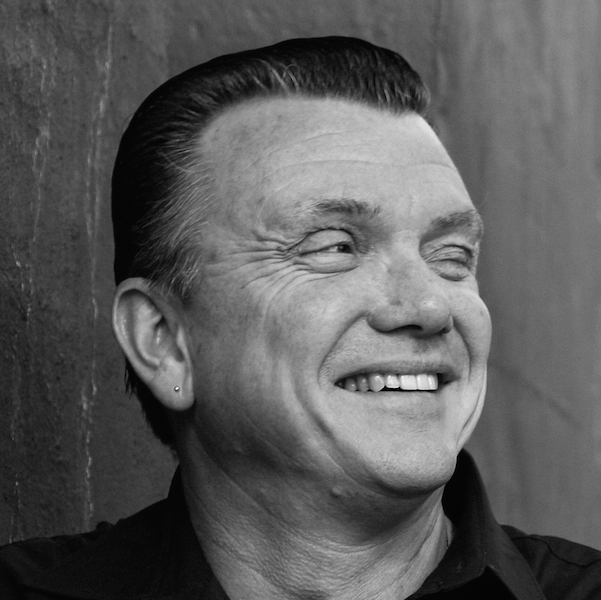I have been given the gift of living for 35 years in the 98118 zip code—a diverse but gentrifying south Seattle community. This is a neighborhood whose public schools, public transportation, methods of policing, and public space all reveal deep fissures in how those of us living and working here relate to each other.
When my sons were attending middle school here, the school administration did a census count and labeled 97% of the student population (students of color) “minority.” The 3% of the student population who were white were still referred to as “majority.” The mental model where the most are called minority and the few are labeled as the majority is crazy in its cultural meaning making. It’s experiences like that that remind me how much work we have to do before we become a society that celebrates and supports diversity.
As an activist, educator, and neighbor, I have learned there is no substitute for proximity to diversity, even if it produces discomfort and can be disorienting. I know I must position myself close enough to be constantly reminded of the work that must be done in me, the stories that I miss, and the posture I must take to face my own blind spots. Proximity and posture move the conversations from ideological platitudes towards embodied practice. Posture is the acceptance that I have been indoctrinated into a patriarchal and white design that limits my ability to see in nothing more than fragments. Proximity illuminates my limitations, my fragments, my bias, and my blind spots, and it can also invite new possibilities. My desire to discover a better way of being and belonging led me to the book After Whiteness: An Education in Belonging by Dr. Willie James Jennings.
In his book, Jennings challenges the reader with the idea that “This Christian God allows the divine life to be spoken in the words of everyone, one people at a time, each translating a revelation into their own tongue—the God of Israel loves you and is also your God. This is the deepest and truest root of theological education: gospel translatability.”¹ If this is true, then it follows that “Belonging must become the hermeneutic starting point from which we think the social, the political, the individual, the ecclesial, and most crucial for this work, the educational. Western education (and theological education) as it now exists works against this pedagogy of belonging.”² This invitation is a symbiotic belonging that allows me to face my limitation and in doing so creates room for another’s capacity.
As a white man, I hold within me the myth of white exceptionalism and individual achievement fostering a way of operating in the world that in its self-proclaimed authority limits belonging. Whiteness, having nothing really to do with ethnicity, frames a way of operating in the world that “aspires to exhibit possession, mastery, and control of knowledge first, and of one’s self second, and if possible of one’s world.”³ I tell my students that possession, mastery, and control are the Trinitarian formula of white supremacy. These myths infer that I “know.” That type of knowing never affords me the ability to not know—to grow, to learn from another’s perspective. This knowledge is dangerous because it is nothing more than a possession, rather than knowledge as a relational dynamic shared between people. These mental models interfere with the posture I must take to face my own fragments, deconstruct my own racist ideas, and foster an imagination that creates a classroom beyond my fragments towards the translatability that is a good word for everyone.
Jennings uses a construction of memoir and poetry paired with psycho-social case study to expose a white masculine self-sufficiency woven into the fabric of all American institutions, including the theological academy. He argues that both the critical and the orthodox shaped minds miss the collectiveness of the call and mission of the people following the Divine Life of God. As a seminary professor, I find this a compelling call to reorder theological education, an invitation I have heard in my neighborhood!
Jennings exposes the desired cultural sovereignty of the white self-sufficient male. He unveils how this is woven into all of our lives, the designs of our classrooms and organizations. Education, he argues, must be for the glory of the crowd. Education must be the discourse modeled by Jesus’ interaction with the crowd.
The crowd as the gathering place is a helpful frame that can shift us away from the myth of self-sufficiency and bring us into new forms of belonging. Jennings points out that we operate in fragments, identifying the systemic nature of fragments of faith, colonial fragments, and commodity fragments. The need for the crowd is one of putting together a more complete picture out of these fragments. In the words sung in the Black Church: “The Jesus in you is bigger than the Jesus in me.” The community that sang this to each other understood limitation and sought a community to expand the vision of Jesus. One could say that the limit or fragment of the individual in the crowd actually makes room for another’s agency, but this collaborative vision is blocked by white male self-sufficiency.
Here in the Pacific Northwest, in our theological schools and in the public square, people seem to be able to articulate—at least ideologically—that we live in a culture constructed on the scaffolding of systemic racist ideas and the racialization of ethnicity. In Seattle, I often hear words like white privilege and systemic racism—common vocabulary in progressive discourse.
But the naming of privilege and overt supremacy on the liberal coast in progressive discourse can be its own form of defense, missing our own fragments, never allowing us to get to the covert seeds of racism planted deep within all of us who are part of the white majority. “We are not like that!” The defense seems to psychologically suppress or distance ourselves from the implicit bias, blind spots, and covert supremacist characteristics that Jennings sees haunting the places where we now belong. I see this even in myself.
A while back, I was at a party in my neighborhood, and I struck up a conversation with a young black woman. As we introduced ourselves to each other, she told me she had come to Seattle to work in the medical field. As we talked, I thought she must be a medical technician or a traveling nurse. We talked more; she told me she was an ob-gyn. Later that evening, while my wife Linda and I walked home, I shared my deep embarrassment over my initial assumption.
Experiences like this show me that I, too, have been formed by covert messages that promote white supremacy—covert messages exposed in the assumption at a neighborhood party or in the misguided use of the terms “majority” and “minority” at my sons’ school.
We progressive Cascadians lack the crowd, Jennings might say. The crowd is a relational network that illuminates what we don’t see: the racism in all of us. We can ideologically name the issue(s), but we lack places that remind us how pervasive this supremacy actually is. This kind of crowd in close enough proximity exposes our own fragments. We lack the proximity to diversity in where we live, work, worship, and play that shapes the kind of belonging Jennings speaks of. We lack a crowd that challenges one sort of belonging for a belonging that demands introspection and that illuminates our own fragments. We lack the embodied proximity that invites new forms of belonging.
As we face the deep indoctrination of whiteness, Jennings lays out the dilemma of the academy: “We are caught in a distorted institutionalizing practice that hinders life-giving institutional performance and thwarts the development of healthy institutional personality.”⁴ The implication is that the academy, like the plantation, has enslaved and colonized for the sake of commerce and conformity. The question becomes, how do we identify and move from a distorted institutionalizing practice that hinders life and towards a healthy institutional personality? Jennings’s answer is we build together!
It is this building together that Jennings calls motions; “We urgently need a new vision of edification informing our daily work that builds people toward each other.”⁵ Once again, the motion must resist education that moves toward assimilation, moving instead towards education as emancipation. Jennings asks for the imagination of the academy to be expanded: “What would it mean to be a professor who thinks the gathering differently in a school that thinks it differently?”⁶
After Whiteness: An Education in Belonging is radical in its implications for the academic institution and for the communities that house them—communities shaped by white male self-sufficiency. Jennings demands we release what is for the sake of something imagined but not yet seen. The invitation is to let go of a trapeze bar of mastery, possession, and control before the next bar becomes evident. While this is terrifying, it is a clearly spiritual journey—the letting go of the familiar for the sake of the unknown has much to do with our sacred story of exile, alienation, and return. The leaving of a predictable Egypt for an unknown place of promise. As we plan for the future, the question becomes, what do we have to let go of to grab hold of this new way of gathering?
¹ Willie James Jennings, After Whiteness: An Education in Belonging (Grand Rapids: Eerdmans Publishing Co., 2020), 7.
² Jennings, After Whiteness, 10.
³ Ibid., 29.
⁴ Ibid., 84.
⁵ Ibid., 105.
⁶ Ibid., 139.
Cover photo credit: Tim Mossholder


